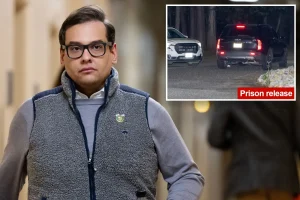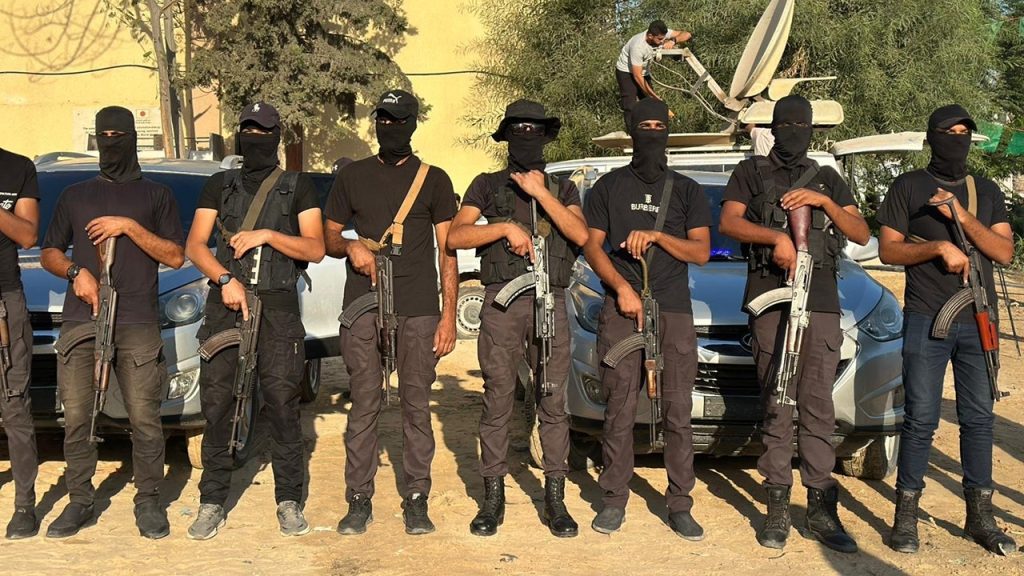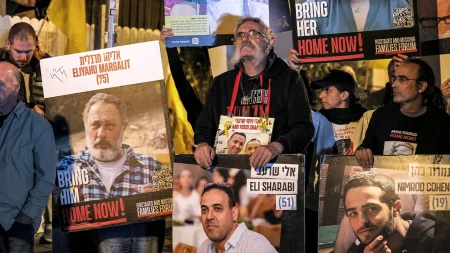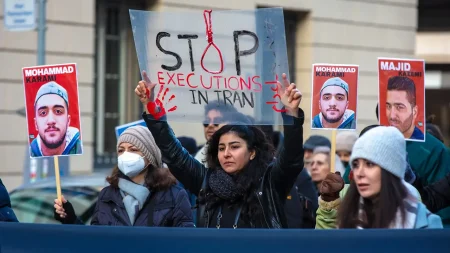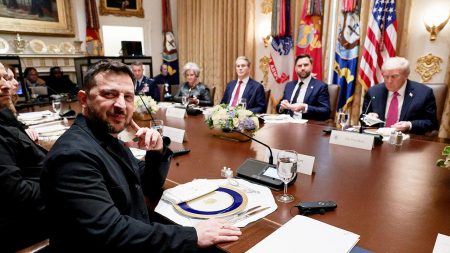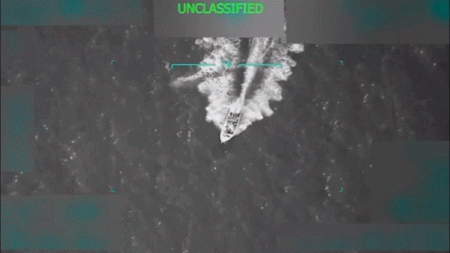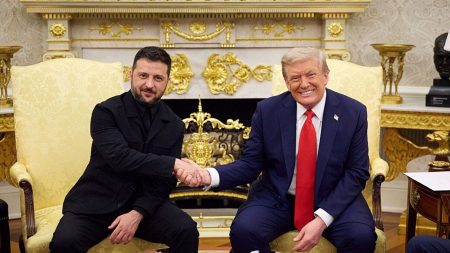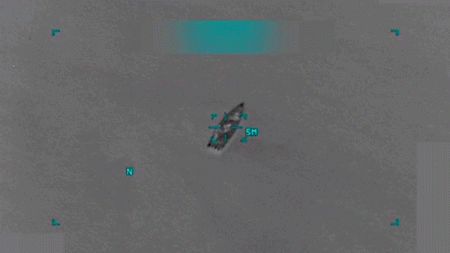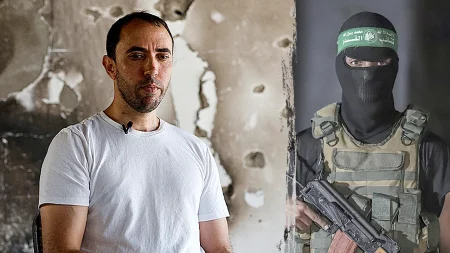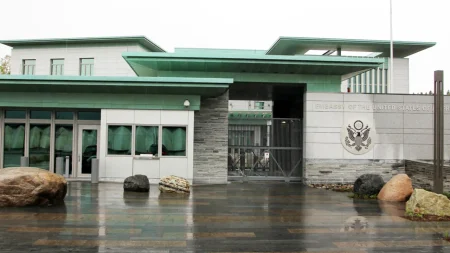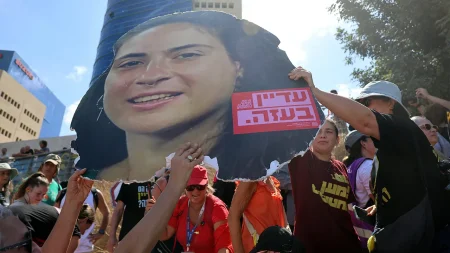Gaza’s Fragile Peace: Hamas Crackdowns and Civilian Resistance
In the wake of the recent ceasefire in Gaza, a dangerous new chapter is unfolding as Hamas fighters emerge from underground tunnels to reassert control through force. Moumen Al-Natour, a Gazan lawyer currently in hiding, describes a terrifying reality: “After the fire stopped, Hamas fighters came out of the tunnels and massacred families that opposed them. They are sending a signal that they are back — by terrorizing people.” This brutal crackdown represents Hamas’s attempt to consolidate power as the war transitions into an uncertain post-conflict phase, with at least 33 people reportedly executed in recent days according to Reuters. While Hamas official Mohammed Nazzal defended these actions as “exceptional measures” targeting criminals, Israeli sources indicate most victims belonged to families accused of collaborating with Israel or supporting rival militias.
The executions have drawn international attention, including a stark warning from President Donald Trump on Truth Social: “If Hamas continues to kill people in Gaza, which was not the deal, we will have no choice but to go in and kill them.” This statement comes amid Trump’s recent unveiling of a 20-point peace plan for Gaza, which appears to envision a complex transition of power in the territory. The current violence reveals the fragility of the ceasefire agreement and highlights the challenges ahead for any sustainable peace framework. The targeting of Hamas critics has created an atmosphere of fear, with Joseph Braude, president of the Center for Peace Communications, describing it as “a dark time for Hamas’s many opponents in Gaza” where the group is “exploiting this moment to reassert dominance through brute force.”
What makes this moment particularly significant is the emergence of local resistance to Hamas’s rule. Al-Natour, co-founder of the “We Want To Live Movement,” identifies several clans and networks actively opposing Hamas across Gaza. In Rafah, the Abu Shabab clan has been recruiting fighters; in Gaza City, the Doghmush clan has engaged in direct clashes; in Khan Younis, the Mujaida clan has participated in armed confrontations; and members of the Hellis network operate in tense Gaza City neighborhoods. These groups don’t hold stable territory, but their sporadic resistance—through raids and armed standoffs—represents the first meaningful challenge to Hamas’s authority in years. “These militias come from the population,” explains Al-Natour. “They need recognition and coordination to form a political umbrella—a transitional body that governs these areas and organizes their security.”
The situation has created what Braude describes as a “bifurcated” reality in Gaza, where reconstruction might begin in areas now under Israeli supervision while fighting continues elsewhere. This aligns with Trump’s peace plan, which envisions “enclaves of self-rule that evolve into a transitional authority with international support.” Braude predicts that “a coalition of anti-Hamas militias, supported by air cover from Israel and possibly private contractors, will carry out the remaining ground battles,” signaling that “there is no conceptual return to the pre-Oct. 7 approach.” Al-Natour and others are attempting to operate under this framework, forming safe zones where civilians unaffiliated with Hamas can access food, aid, and protection—though he admits, “those of us who speak out are hunted.”
The complexity of these dynamics presents significant challenges for all parties involved. Michael Milshtein, head of the Palestinian Studies Forum at Tel Aviv University and a former IDF intelligence officer, highlights Israel’s dilemma: “If the Israeli military ends up protecting these clans, we risk starting another war with Hamas. If we abandon them, we may have to absorb them later, like the allies we evacuated from Lebanon.” He characterizes current initiatives as “a tragic example of acting without understanding Gaza’s reality.” The historical parallel to Hezbollah’s takeover of southern Lebanon in 2000 offers a sobering reminder of how such power vacuums can evolve. Meanwhile, Hamas has reportedly seized weapons and money from opposing clans, much of it originally from Israel, further complicating the balance of power.
For ordinary Gazans, the situation remains precarious and frightening. Speaking anonymously, one resident told Fox News Digital that “gangs are in the streets” and warned of potential internal war. Another expressed a sentiment that likely resonates with many: “No one knows who will rule or what will happen next. We just want to live without bloodshed.” While Trump’s team has framed the Gaza ceasefire as the foundation for lasting peace, the current reality—marked by executions, clan conflicts, and emerging militias—suggests that the post-war phase may be entering another cycle of violence rather than stability. As Al-Natour puts it, “The people Hamas is killing now are just like me—Palestinians who dared to speak.” This struggle between Hamas’s iron grip and the Palestinian desire for a different future will ultimately determine whether peace can take hold or whether Gaza is destined for continued suffering.


